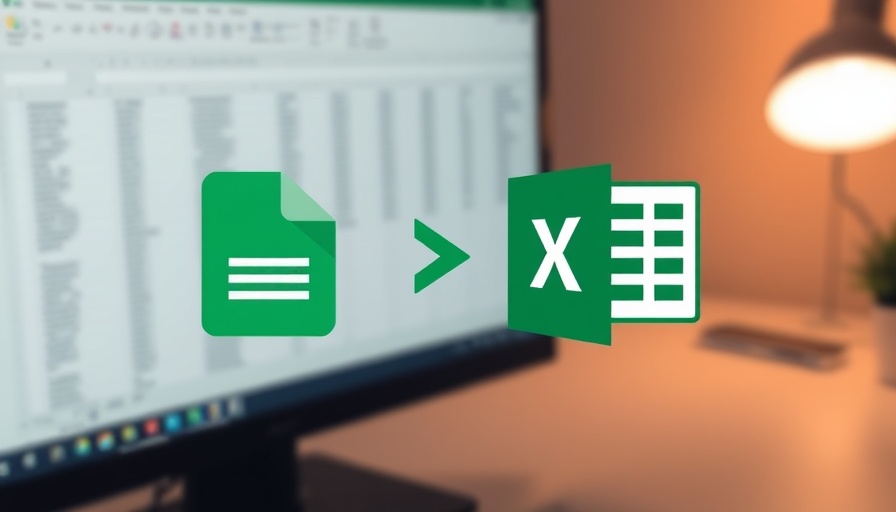
Why I Chose Excel Over Google Sheets: A Digital Nomad's Perspective
As a digital nomad, balancing productivity tools is crucial to maintaining workflow and efficiency while on the go. For some time, Google Sheets pulled me away from Excel's familiar embrace. However, after navigating the peculiarities of each platform, I found my way back to Excel. Here's why opting for this well-established software makes practical sense for anyone working remotely.
Excel: The Offline Champion
One of the first factors that led to my renewed love for Excel was its superior offline functionality. Built primarily for offline use, Excel allows users to create, edit, and save spreadsheets without an internet connection. The software's advanced features—like PivotTables and Macros—are easily accessible without the disruptive need for connectivity.
In contrast, accessing Google Sheets offline relies on the Google Docs Offline extension, which limits the functionality and imposes constraints. You can't perform several crucial tasks, such as importing files or creating tables, when your internet connection falters. This gap can lead to loss of productivity, especially when on the road without reliable internet access.
Performance Matters: Speed and Efficiency
Another advantage Excel boasts is its performance. While Google Sheets can efficiently handle many basic tasks, it struggles with larger datasets. With Excel, users can manage over 1 million rows and 16,000 columns with ease. From personal budgeting to intricate financial modeling, this software supports a wide range of applications without the hiccups associated with online web browsers, like Chrome's notorious memory usage issues.
As I transitioned back to Excel, I noticed fewer disruptions and faster processing speeds. My experience with Google Sheets included frustrating moments of encountering the dreaded "Aw, Snap!" error, alongside sluggish performance, which became increasingly intolerable, especially when using it for extensive data analysis.
Advanced Features: Excel’s Secret Weapon
Insights into my decision also stem from Excel’s sophisticated features that go beyond basic spreadsheet functionalities. Tools like Power Query and Power Pivot enable advanced data analysis, giving you the competitive edge in handling complex projects efficiently. Excel's flexibility in creating customized solutions using Visual Basic for Applications (VBA) is another appealing aspect that elevates its usability for detailed tasks.
Productivity Tools Integration: The Microsoft Advantage
For anyone using Microsoft 365, integration with other productivity tools is seamless. The Excel Copilot feature introduces an intuitive approach to automation and data management, streamlining tasks that would otherwise take considerable time to complete manually. As a remote worker, these time-saving technologies free up valuable hours that can be redirected towards more impactful work.
Why Excel Remains the Industry Standard
It's undeniable that Excel has established itself as the industry standard for spreadsheet applications over the decades. Its widespread acceptance among professionals means there's a plethora of resources, templates, and communities for support. Whether you are drafting a simple budget or undertaking a comprehensive data analysis project, you can rely on the depth of knowledge available to assist you.
Conclusion: The Best Tool for the Job
Returning to Excel felt like coming home—back to a platform that understood not only my needs but enhanced my productivity as a digital nomad. While Google Sheets is excellent for quick, collaborative tasks, Excel continues to shine in robust functionalities, advanced features, and performance capabilities. If you're seeking to boost your remote work efficiency, I recommend revisiting the world of Excel.
If you are considering a productivity overhaul in your work tools, try Excel again and experience how it can enhance your workflow seamlessly!
 Add Row
Add Row  Add
Add 




Write A Comment